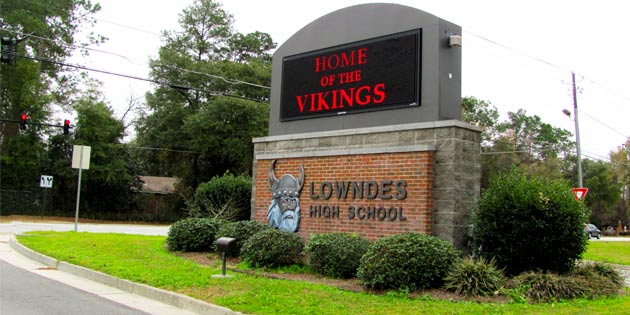 S. E. (Chip) Harp, Valdosta Today Editor
S. E. (Chip) Harp, Valdosta Today Editor
The recent controversy and lingering effect of the County’s decision to award a single, exclusive contract based only on price to a waste pick up provider has brought to light many opinions, not all printable.
This situation, though, brings up another, larger question. Should municipalities and government agencies put a larger emphasis on value than strictly price when awarding contracts and prudently managing the County’s money?
In this case, the County states the decision was made to award a single, exclusive contract due to their obligation to assure all homes received curbside service at the lowest price. The core decision was made by the County on who would provide the service for the lowest price through a common tool of government agencies, the hard-bid award. And, to their credit, they received, via closed bids, offers to provide that service, awarded the contract to the low bidder, and the service commenced.
We now know that many citizens in the county seem to value service over price and would have preferred more choice or consideration to that effect.
Was the County wrong to assume waste pickup service is just a commodity, only affected by price? What should they have done differently?
Let’s consider another example illustrating this issue: government-awarded construction projects. In years past, governments simply posted an advertisement to, let’s say, build a school. The contractor who could produce a bid bond and gave the lowest price built the school. Simple, right? Construction is construction. Actually, many governments and boards (including the State of Georgia Board of Regents) have learned that there is great value in searching for…value.
Using other methods of project award, such as advertising Requests for Proposals, or RFP’s, the end project result is usually better constructed, design faults and issues are resolved before dirt is turned, building life cycle issues are improved, and the Government and taxpayers get more for their money. Requirements for communication, collaboration and transparent sharing of data among the government entity, builders, designers and trades can also be included to ensure the best possible result.
This experience teaches that the service needed (in this case construction) was NOT a commodity and price should NOT be the only determining factor. Who provides the service, their connection with and loyalty to the community, their experience and previous client feedback, plus many more components should be involved in awarding government projects and receiving local tax funds. It’s choosing VALUE over PRICE.
Before we imply that local entities aren’t aware of this method, one needs only remind us of the recent award process for the New Valdosta High School and the unfunded Library project for Five Points. Both of these examples used the RFP process, including interviews of the candidate firms, to make their decision. Our local governments know how to do this if they chose to do so.
As County leadership wrestles over how to handle the waste pickup situation, one can not fault the awarded firm; after all, customer satisfaction was surely not part of their contract. They have an obligation, as a company, to keep costs down to ensure profitability on the price they provided while fulfilling their contractual obligation of service to the County. The current provider followed the rules and should expect compliance from all firms. On the other side, you can’t fault the local firm for continuing business, especially with the strong outpouring of support (and growth in subscriptions). However, they chose not to participate in the bid process initially, so who’s to blame?
The point of this discussion is not to make County leadership’s job any tougher regarding this situation, but to learn that citizens expect more than just the lowest price. They are now expecting a value return on the use of their tax dollars.











